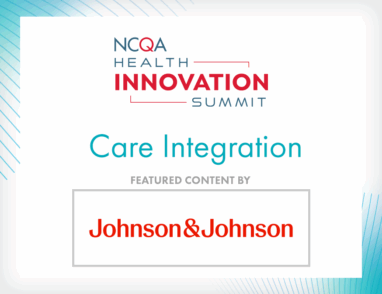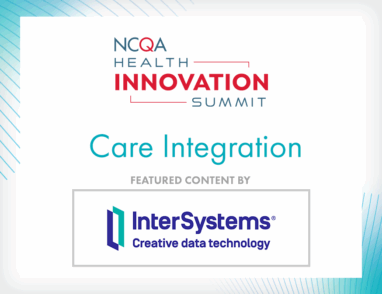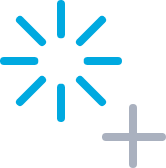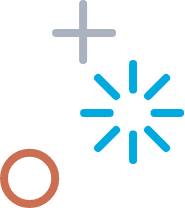Care Integration: Connecting People, Processes and Technology
October 20, 2025 · Guest Contributor
By Elven Xiao, PharmD, Vice President of Clinical Services, MedWatchers
Picture this scenario: A woman with diabetes visits her doctor and receives a prescription. But once she’s home, she struggles. She doesn’t fully understand the instructions for taking the medication because English isn’t her first language, and she doesn’t know anyone who can help her translate. She also worries about being able to afford both the medication and groceries.
On paper, her care plan looks complete—in reality, it’s falling short. That’s why whole-person care matters.
Whole-Person Care Is More Than Responding to Symptoms
Health is shaped by a person’s mental health, daily stresses, cultural background, ability to communicate and more. Whole-person care recognizes these factors and addresses them alongside appropriate medical needs.
When providers account for social and behavioral health factors as well as medical conditions, care becomes more relevant. A care plan that includes counseling, access to food resources and language support is far more likely to help this woman than merely prescribing medication.
Building an Integrated Platform
Of course, care coordination doesn’t happen on its own; it requires an integrated platform that brings together patients, health care professionals and health plans. When information flows, patients don’t have to repeat their stories, and care teams can see the full picture.
An effective platform does more than store data. A truly effective platform:
- Tracks medical, behavioral and social needs in real time.
- Stores language preferences for all health plan members.
- Clearly and succinctly presents the most critical needs relevant to members.
- Sends reminders and prompts so important steps aren’t missed.
- Allows seamless hand-offs between clinicians.
Strong platforms generate insights from member interactions and care delivery, then evolve based on what they learn—that’s what makes them dynamic and valuable. Internal innovation becomes even more powerful when paired with the health plan partner perspective. Plans might see patterns across populations and bring a systemwide view of areas where members struggle. When platform intelligence and partner insights come together, the results are meaningful, providing lasting improvements that make care more connected and effective.
Omnichannel Outreach: Meeting People Where They Are
But even the best-designed platform won’t work if patients aren’t engaged. Omnichannel outreach can fill communication gaps that hinder the ability to provide meaningful care. By offering multiple ways to connect—phone call, text, email, secure messaging portal, letter, home visit—care teams can reach members in ways that fit their daily lives.
For some members, a quick text reminder is enough. For others, a call from a trusted coordinator makes the difference. For members with limited internet access, a mailed letter or in-person visit may be the most reliable touchpoint.
Respecting communication preferences also means honoring language needs. A message that arrives in a patient’s preferred language, or a call that connects them directly to bilingual staff, can prevent misunderstandings that put health at risk. Warm transfers—connecting a member immediately to the right resource—can build trust, reduce frustration and prevent a lost care opportunity.
Done well, omnichannel outreach prevents people from slipping through the cracks.
Working Together With Health Plans
Health plans are essential partners in whole-person care. They bring in resources that extend beyond clinic walls; for example, transportation services, SDOH solutions and care management programs.
Partnership helps close gaps quickly. A health plan might identify members who are overdue for preventive screenings. The care team, using omnichannel outreach, can contact a member through their preferred method of communication—and even schedule the appointment during the same interaction. When plans and providers align, member interactions are easier, and members receive more support.
Health plans also strengthen the feedback loop with insights that help technology evolve in ways that reflect real-world needs. Feedback shapes how integrated platforms grow to not only meet today’s needs, but to anticipate tomorrow’s challenges.
The Future Is Connected
If overall member health and health care delivery are key objectives, whole-person care is a necessary component. Care integration—linking people, processes and technology—creates a system where members feel supported across every dimension of health.
When the perspective of care shifts to become holistic, people can be more engaged, follow through on treatment and achieve better outcomes. Providers, health plans and patients can all benefit from a connected network. Ultimately, care integration is about treating the person, not just the symptoms. And when the system connects in ways that feel seamless and supportive, everyone wins.
This blog is brought to you by MedWatchers and the views expressed are solely those of the sponsor.







